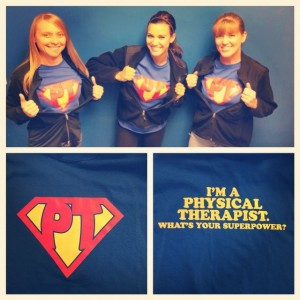[Part I of a Series of IV]
 Pain, wounds, ROM, ADLs, transfers, and QOL drive us to treat patients. This important work is critical to Quality Outcome Measures, but surprisingly many therapists do not realize how their seating and positioning interventions significantly impact them.
Pain, wounds, ROM, ADLs, transfers, and QOL drive us to treat patients. This important work is critical to Quality Outcome Measures, but surprisingly many therapists do not realize how their seating and positioning interventions significantly impact them.
November is a month where many of us spend time being “thankful.” Wound healing and prevention is an area that therapists can meaningfully influence, and for that our patients are grateful.
Taking the time to understand the underlying etiology of a wound enables proper treatment. When a patient has a wound, we often want to immediately select a “wound care” cushion. However, stopping to think about the etiology of the wound may lead you in a very different direction.
If the wound is a result of a positional abnormality, then a cushion that addresses the positional abnormality may be a better option as you will be correcting the etiology of the wound and discourage reopening.
For example, if you have a patient with a unilateral IT wound from lateral leaning, then picking a cushion that is both for positioning and wounds would likely benefit your patient. If the etiology of the lateral lean is a pelvic obliquity, then correcting the pelvic obliquity will decrease unilateral IT pressure and allow the wound to heal.
If you have a sacral wound and your patient is in sacral sitting and sliding, then picking a cushion that promotes pelvic neutral will be a highly effective intervention.
If your patient has a wound that is not a result of positioning then you want to think through pressure re-distribution, ventilation and lateral flexibility. Select a cushion that will re-distribute pressure over a larger surface area and away from the bony prominence. The cushion should have excellent ventilation to help regulate temperature and humidity, and lateral flexibility to reduce shear and friction injuries as your patient self mobilizes or is repositioned throughout the day.
If you are using a wound cushion with a sling seat wheelchair you may want to consider taking the hammocking out of the wheelchair. Sling seats hammock extremely quickly and place your patient in hip IR, Add and sacral sitting/sliding. Not only is this uncomfortable, it can increase your patient’s risk for wounds. When picking a product to take the hammocking out of the wheelchair, it is important to think about creating a pelvic well for skin protection.
Cushion covers should stretch in 4 directions, otherwise you will get hammocking over you areas of bony prominence. You also want a cushion cover that breathes for ventilation. If your patient is incontinent, then you want a cushion cover that it easily cleaned.
Once you have the correct cushion for your patient then you may want to move onto thinking about a lumbar support. Picking the correct lumbar support can help to improve positioning and pressure management. Proper lumbar support is important from a pain, positioning, pressure management and functional standpoint yet often gets overlooked.
Practicing good seating and positioning will proactively improve skin protection and wound healing, thus impact positively on Quality Outcome Measures. If you have any patients you would like to discuss please contact The PostureWorks.


